#nasa images
Text
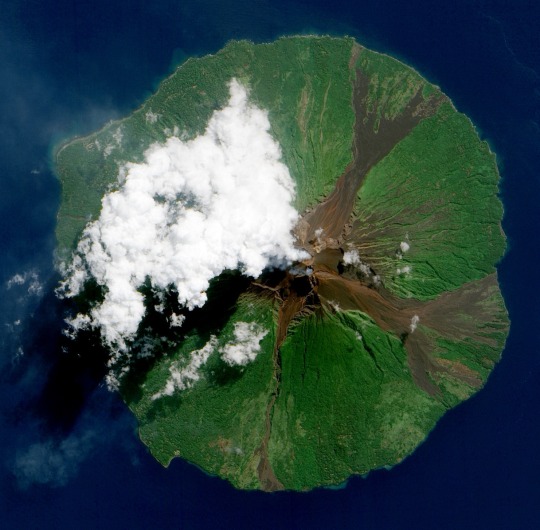
Manam Volcano, Papua New Guinea via NASA Goddard Space Flight Center
#nasa images#aerial#nature#volcano#photography#green#clouds#smoke#blue#ocean#sean#island#landscape#naturecore#nasa#Manam Volcano#papua new guinea#earth#1k
5K notes
·
View notes
Text

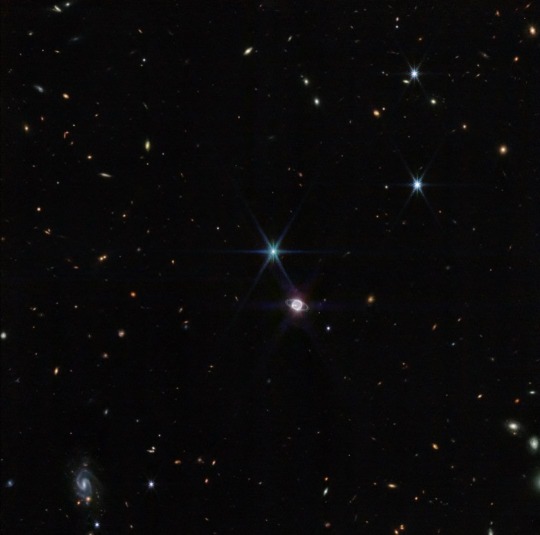
107 notes
·
View notes
Text
A Very Important and Special Box of Rocks 🪨
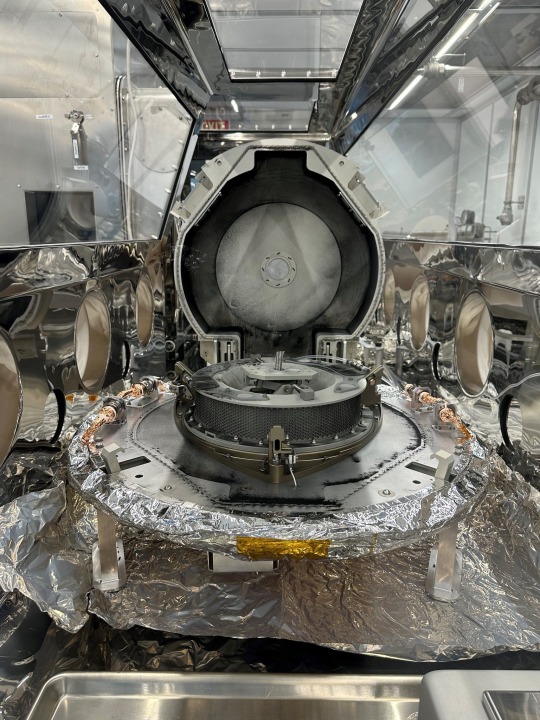
NASA’s OSIRIS-REx (Origins, Spectral Interpretation, Resource Identification and Security – Regolith Explorer) has been opened!
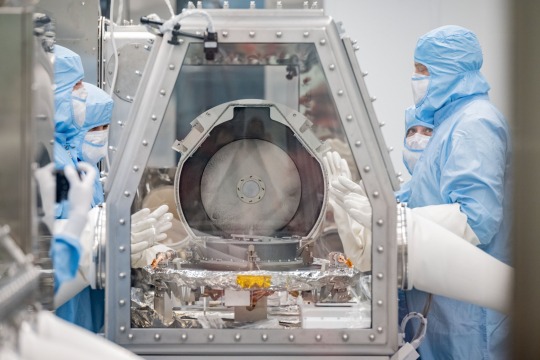
NASA scientists found black dust and debris on the avionics deck of the OSIRIS-REx science canister when the initial lid was removed today. The canister from the OSIRIS-REx sample return capsule was delivered to NASA’s Johnson Space Center in Houston on Sept. 25 after landing in the Utah desert on Sept. 24
With an array of team members on deck, scientists and engineers at Johnson will work together to complete the disassembly process and reveal the sample to the world in a special live broadcast event on Oct. 11 at 11 a.m. ET, streamed at NASA.gov/live
3 notes
·
View notes
Text
What Are Wolf-Rayet Stars?
Wolf-Rayet stars are among the most fascinating objects in the universe, characterized by their intense luminosity, high temperatures, and strong stellar winds. These massive stars are in the later stages of their lives and are known for their complex and varied spectra, which provide astronomers with a wealth of information about their physical properties and evolution. In this article, we will explore the remarkable WR 124 star photographed by the James Webb Space Telescope. WR 124 is located 15000 light years away in the constellation Sagittarius. Read more here
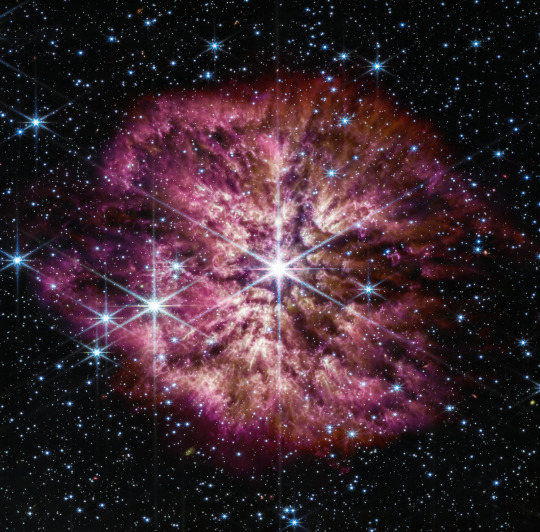
7 notes
·
View notes
Text
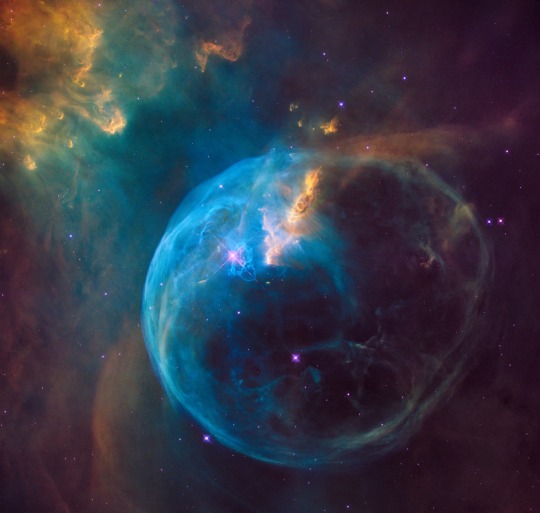


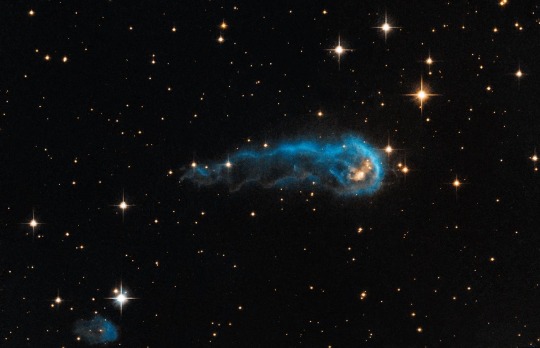
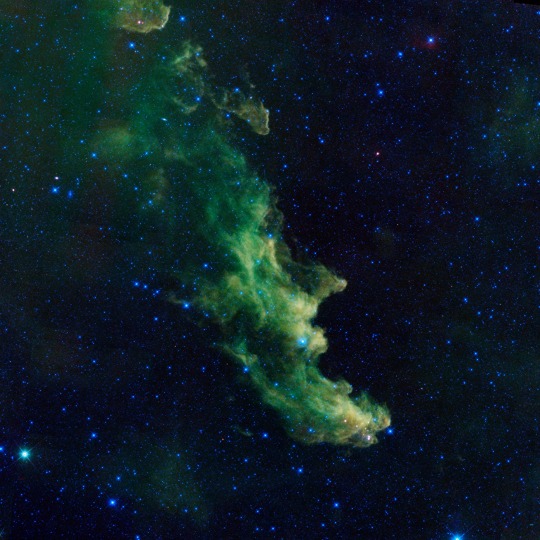

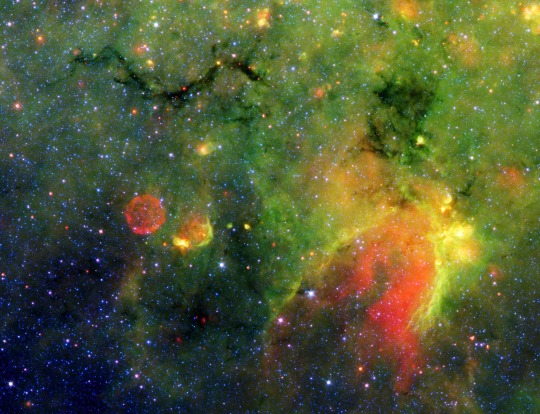
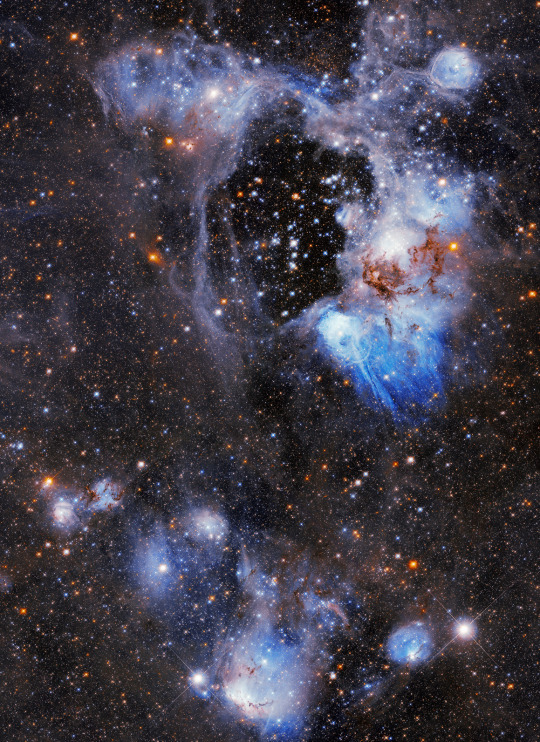


My friend and I have dubbed the bubble nebula “space boop”. It makes me extremely happy to look at. Go on images.nasa.com to find downloadable high res space photos :D
8 notes
·
View notes
Text
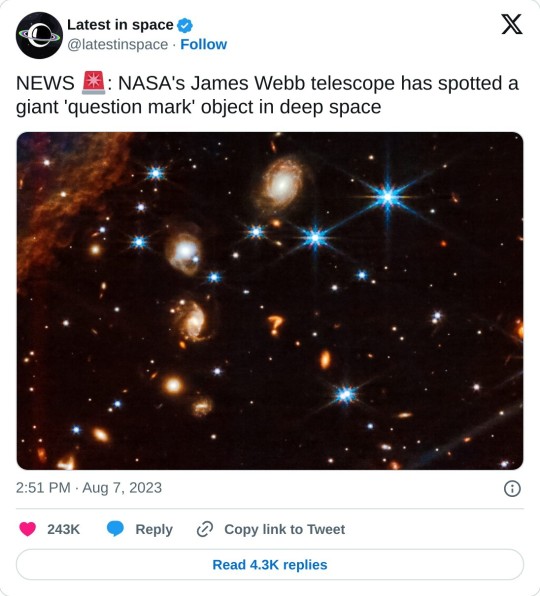
?
55K notes
·
View notes
Text



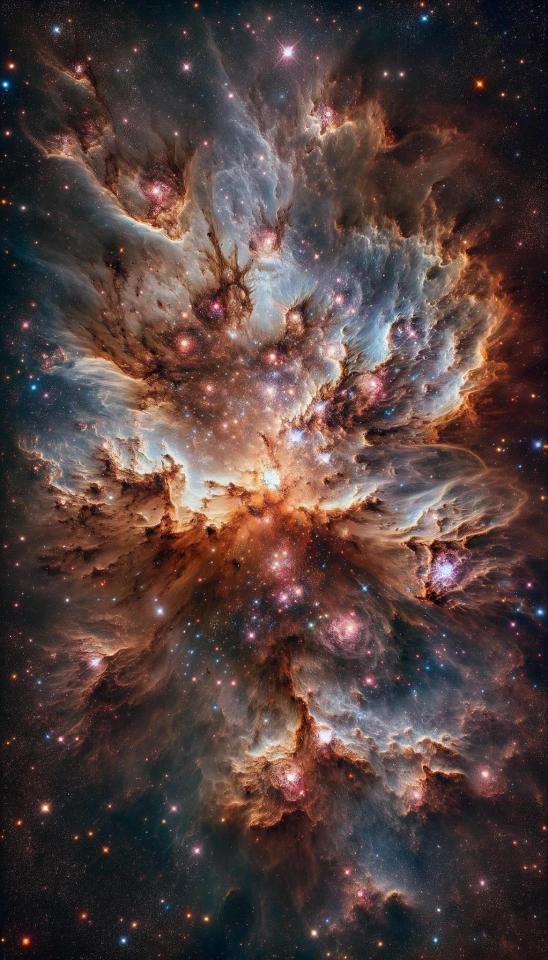
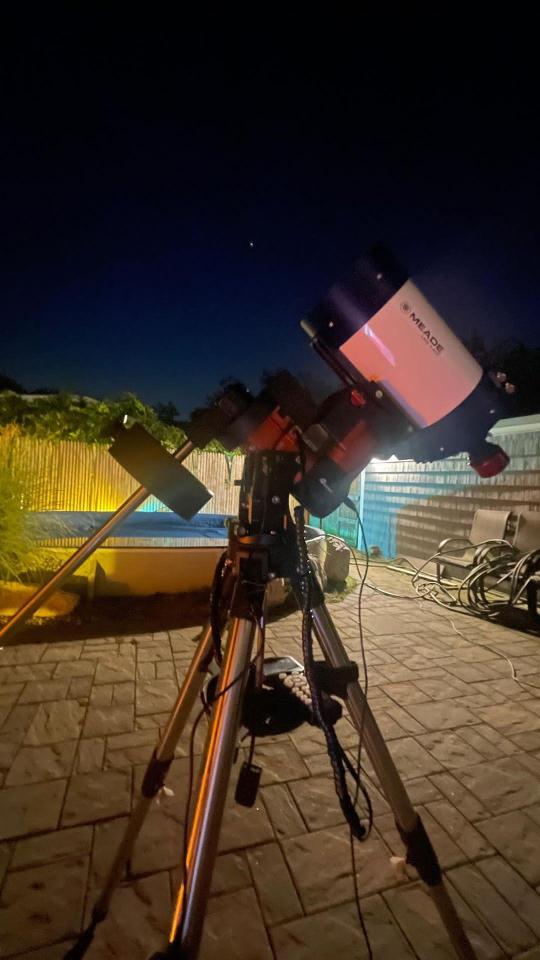
Think we're the only planet with life? 350mp quality. Remember to download to your phone and zoom in. Gets even more beautiful. Yes this is a nebula, yes I know there’s no life in a nebula. Of course these are not real photos. Duh!
#astronomers#astrophysics#astrophotography#astronomy#space station#hubble space telescope#james webb images#james webb#nasawebb#nasa#space photography#universe#astrology#astro observations#astro notes#asterion#telescope#james webb space telescope#mars planet#jupiter planet#saturn planet#planet#planets#space science#space#outer space#james webb space technology#space exploration#jet propulsion#i love astronomy
11K notes
·
View notes
Text
Night Flowers...
I love seeing the moon and stars out in the country where we live. A little fantasy with some hot pink Cosmos flowers. Wild beauty for every nature lover!
GET IT HERE!

View On WordPress
#art#botanical art#botanical painting#Colorful Art#dark art#floral art#floral landscape#floral paintings#flower#flower art#flowers#full moon#modern art#nasa images#night art#night bloom#night sky#sharon cummings#sharon cummings art
0 notes
Text

Astronomers used three of NASA's Great Observatories to capture this multiwavelength image showing galaxy cluster IDCS J1426.5+3508. It includes X-rays recorded by the Chandra X-ray Observatory in blue, visible light observed by the Hubble Space Telescope in green, and infrared light from the Spitzer Space Telescope in red. This rare galaxy cluster has important implications for understanding how these megastructures formed and evolved early in the universe.
How Astronomers Time Travel
Let’s add another item to your travel bucket list: the early universe! You don’t need the type of time machine you see in sci-fi movies, and you don’t have to worry about getting trapped in the past. You don’t even need to leave the comfort of your home! All you need is a powerful space-based telescope.
But let’s start small and work our way up to the farthest reaches of space. We’ll explain how it all works along the way.

This animation illustrates how fast light travels between Earth and the Moon. The farther light has to travel, the more noticeable its speed limit becomes.
The speed of light is superfast, but it isn’t infinite. It travels at about 186,000 miles (300 million meters) per second. That means that it takes time for the light from any object to reach our eyes. The farther it is, the more time it takes.
You can see nearby things basically in real time because the light travel time isn’t long enough to make a difference. Even if an object is 100 miles (161 kilometers) away, it takes just 0.0005 seconds for light to travel that far. But on astronomical scales, the effects become noticeable.
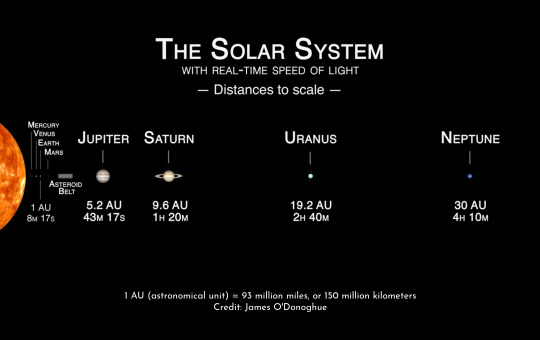
This infographic shows how long it takes light to travel to different planets in our solar system.
Within our solar system, light’s speed limit means it can take a while to communicate back and forth between spacecraft and ground stations on Earth. We see the Moon, Sun, and planets as they were slightly in the past, but it's not usually far enough back to be scientifically interesting.
As we peer farther out into our galaxy, we use light-years to talk about distances. Smaller units like miles or kilometers would be too overwhelming and we’d lose a sense of their meaning. One light-year – the distance light travels in a year – is nearly 6 trillion miles (9.5 trillion kilometers). And that’s just a tiny baby step into the cosmos.
youtube
The Sun’s closest neighboring star, Proxima Centauri, is 4.2 light-years away. That means we see it as it was about four years ago. Betelgeuse, a more distant (and more volatile) stellar neighbor, is around 700 light-years away. Because of light’s lag time, astronomers don’t know for sure whether this supergiant star is still there! It may have already blasted itself apart in a supernova explosion – but it probably has another 10,000 years or more to go.
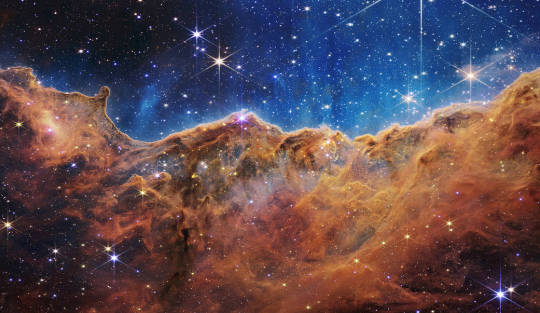
What looks much like craggy mountains on a moonlit evening is actually the edge of a nearby, young, star-forming region NGC 3324 in the Carina Nebula. Captured in infrared light by the Near-Infrared Camera (NIRCam) on NASA’s James Webb Space Telescope, this image reveals previously obscured areas of star birth.
The Carina Nebula clocks in at 7,500 light-years away, which means the light we receive from it today began its journey about 3,000 years before the pyramids of Giza in Egypt were built! Many new stars there have undoubtedly been born by now, but their light may not reach Earth for thousands of years.
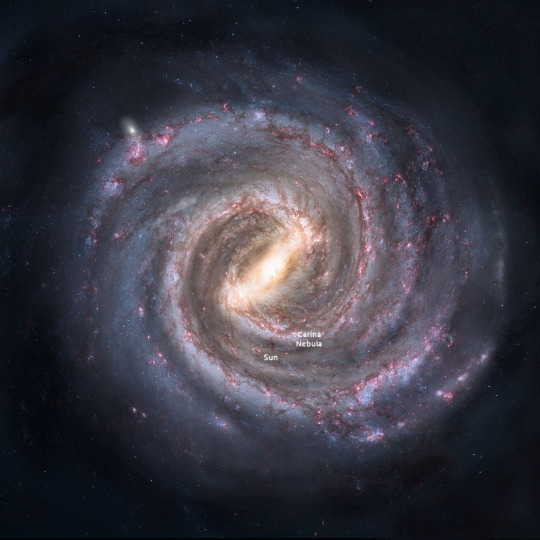
An artist’s concept of our Milky Way galaxy, with rough locations for the Sun and Carina nebula marked.
If we zoom way out, you can see that 7,500 light-years away is still pretty much within our neighborhood. Let’s look further back in time…

This stunning image by the NASA/ESA Hubble Space Telescope features the spiral galaxy NGC 5643. Looking this good isn’t easy; 30 different exposures, for a total of nine hours of observation time, together with Hubble’s high resolution and clarity, were needed to produce an image of such exquisite detail and beauty.
Peering outside our Milky Way galaxy transports us much further into the past. The Andromeda galaxy, our nearest large galactic neighbor, is about 2.5 million light-years away. And that’s still pretty close, as far as the universe goes. The image above shows the spiral galaxy NGC 5643, which is about 60 million light-years away! That means we see it as it was about 60 million years ago.
As telescopes look deeper into the universe, they capture snapshots in time from different cosmic eras. Astronomers can stitch those snapshots together to unravel things like galaxy evolution. The closest ones are more mature; we see them nearly as they truly are in the present day because their light doesn’t have to travel as far to reach us. We can’t rewind those galaxies (or our own), but we can get clues about how they likely developed. Looking at galaxies that are farther and farther away means seeing these star cities in ever earlier stages of development.
youtube
The farthest galaxies we can see are both old and young. They’re billions of years old now, and the light we receive from them is ancient since it took so long to traverse the cosmos. But since their light was emitted when the galaxies were young, it gives us a view of their infancy.

This animation is an artist’s concept of the big bang, with representations of the early universe and its expansion.
Comparing how fast objects at different distances are moving away opened up the biggest mystery in modern astronomy: cosmic acceleration. The universe was already expanding as a result of the big bang, but astronomers expected it to slow down over time. Instead, it’s speeding up!
The universe’s expansion makes it tricky to talk about the distances of the farthest objects. We often use lookback time, which is the amount of time it took for an object’s light to reach us. That’s simpler than using a literal distance, because an object that was 10 billion light-years away when it emitted the light we received from it would actually be more than 16 billion light-years away right now, due to the expansion of space. We can even see objects that are presently over 30 billion light-years from Earth, even though the universe is only about 14 billion years old.

This James Webb Space Telescope image shines with the light from galaxies that are more than 13.4 billion years old, dating back to less than 400 million years after the big bang.
Our James Webb Space Telescope has helped us time travel back more than 13.4 billion years, to when the universe was less than 400 million years old. When our Nancy Grace Roman Space Telescope launches in a few years, astronomers will pair its vast view of space with Webb’s zooming capabilities to study the early universe in better ways than ever before. And don’t worry – these telescopes will make plenty of pit stops along the way at other exciting cosmic destinations across space and time.
Learn more about the exciting science Roman will investigate on X and Facebook.
Make sure to follow us on Tumblr for your regular dose of space!
#NASA#astronomy#telescope#Roman Space Telescope#dark energy#galaxies#cosmology#astrophysics#stars#galaxy#Hubble#Webb#Chandra#Spitzer#space images#Youtube
3K notes
·
View notes
Text
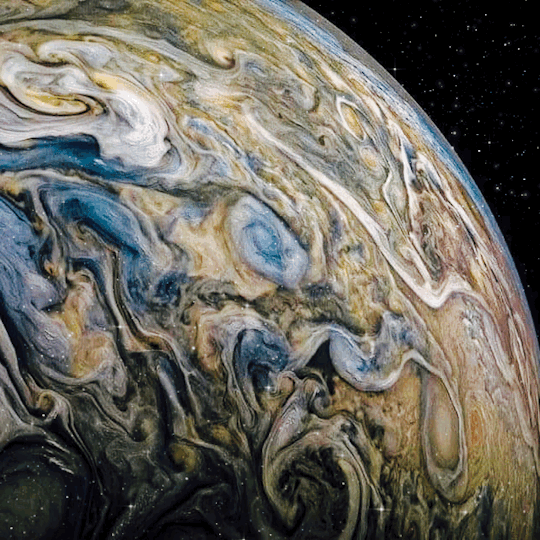

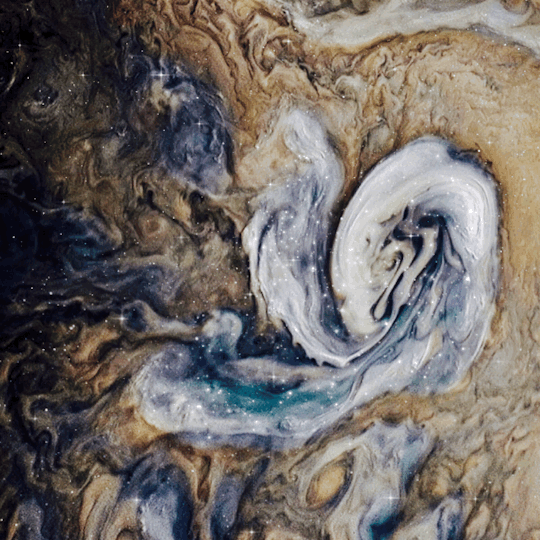
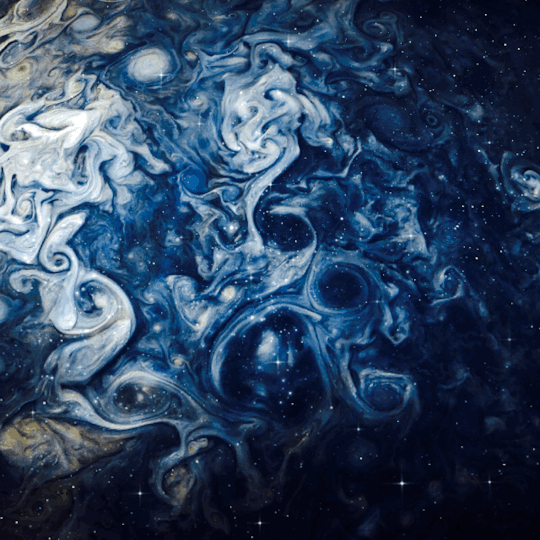
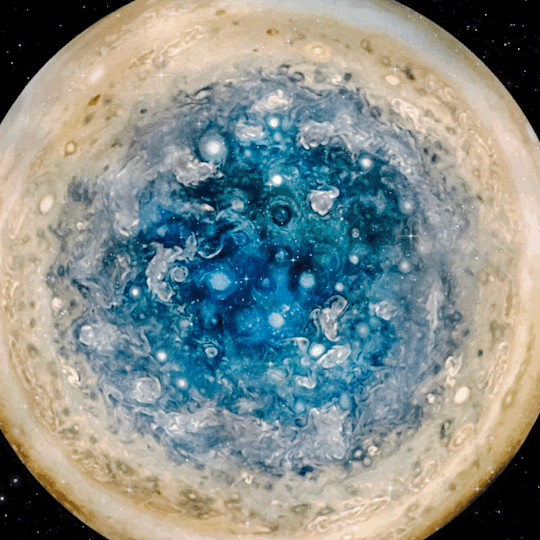

✨The Beauty of Jupiter ✨
#gifs (edits) made by me :)#assassin1513#space#space vibes#space aesthetic#jupiter#planet#planets#james webb#james webb first full colour image#james webb space telescope#james webb update#james webb deepest sharpest view of universe#webb#james webb telescope#james webb images#solar system#astrology#astronomy#nasa#beyond the stars#stars#infinity#jupiter planet#glitter#outer space#void#space art#magic#vincent van gogh
52K notes
·
View notes
Text

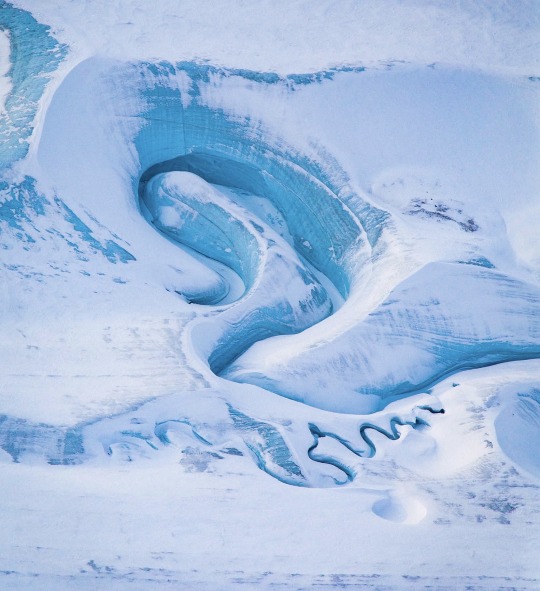
via NASA Goddard Space Flight Center
#snow ice#blue#river#glacier#satellite images#nasa images#nasa#white#nature#photography#water#landscape#1k
2K notes
·
View notes
Text
The James Webb Space Telescope has released new images of Jupiter.

#jupiter#space#astronomy#astrophotography#universe#galaxy#astronout#galaxies#nasa#astro#jupeter#astrology#telescope#james webb space telescope#james webb telescope#james webb images#james webb space technology#james webb photos#planet#planets#solar system#astrologer#astroloji#nasa breaking news#nasa picture of the day#astrophysics
3K notes
·
View notes
Text
ATTENTION! ATTENTION! ATTENTION!
URGENT ANNOUNCEMENT!
THE JWST HAS TAKEN TEST IMAGES THAT WERE JUST RELEASED

LOOK AT THIS PICTURE DUDE!!! IT’S SPACE BUT LIKE INSANELY FAR AWAY!!!
JWST EVEN TOOK A SELFIE!!! (you gotta appreciate that near not blurry photo… it is hurtling through space at 720 MPH)
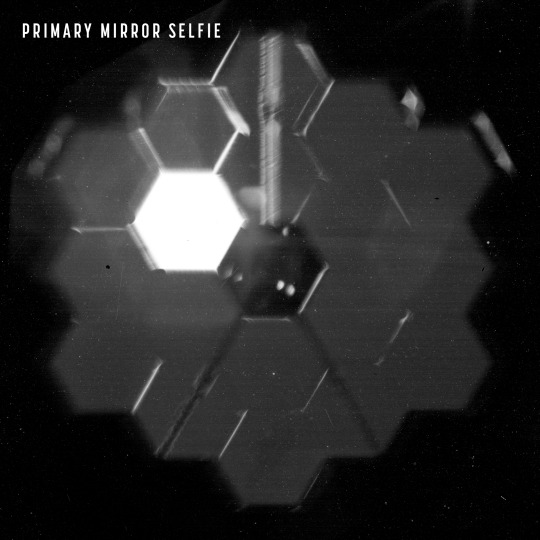
HERE’S A FEW MORE PHOTOS!!!
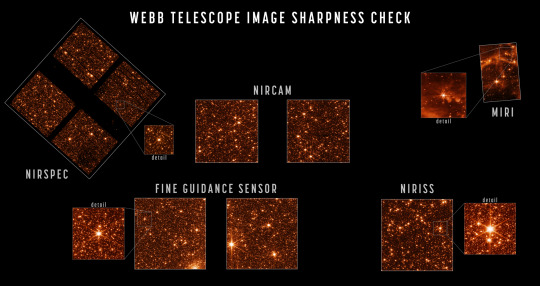

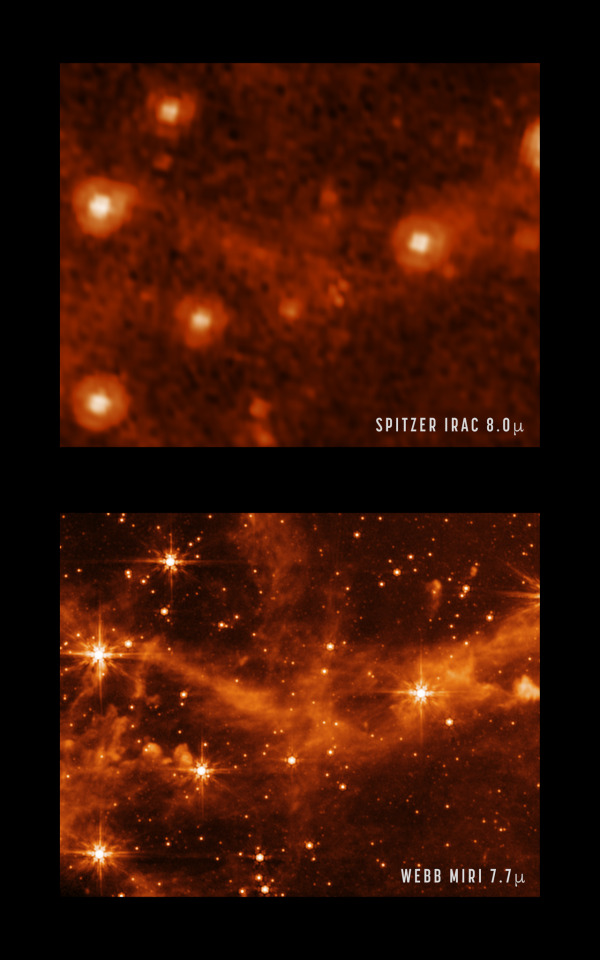
THERE IS A LOT MORE AVAILABLE AT NASA’S JAMES WEBB TELESCOPE FLICKR PAGE. THERE ARE EVEN GRAPHS!!!
#NASA#space#JWST#deep space#infrared imaging#galaxies#credits to NASA#astronomy#stars#idk man#BREAKING NEWS#planets#lightyears#test images#universe#the universe#cosmic horror#but also SO COOL#aesthetic#ish#cosmos#science
30K notes
·
View notes
Text
Happy Pride Month!
Spray Above Enceladus

Plumes of icy material extend above the southern polar region of Saturn's moon Enceladus as imaged by the Cassini spacecraft in February 2005. The monochrome view is presented along with a color-coded version on the right
#cassini#enceladus#Saturn#Cassini images#nasa images#Space Science Institute#JPL#happy pride 🌈#happy pride month
1 note
·
View note
Text

HDR Negative Image Of The Andromeda Galaxy from NASA
2K notes
·
View notes
Text

Image Copyright: Image Credit: F. Schinzel et al. (NRAO, NSF), Canadian Galactic Plane Survey (DRAO), NASA (IRAS);
Composition: Jayanne English (U. Manitoba)
0 notes